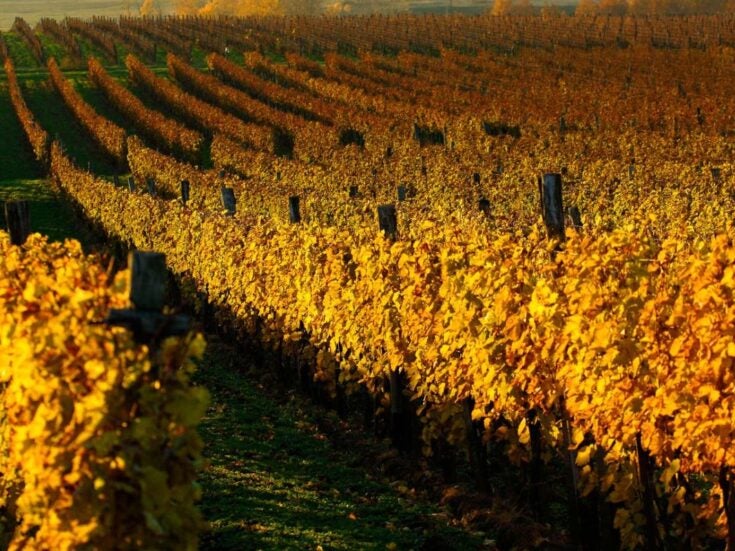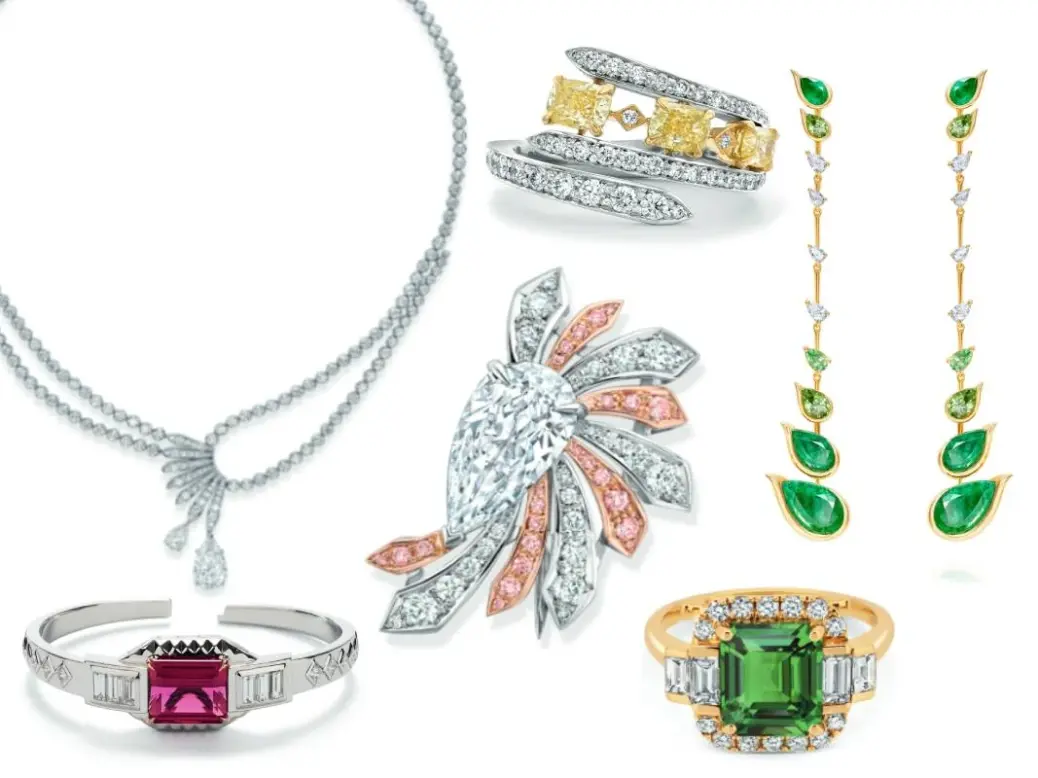
‘Where did this diamond come from?’ It sounds like a simple enough question. But the truth is most gemstones clock up thousands of air miles and pass through dozens of hands before they reach a jeweller’s bench. All but the biggest, rarest gems are sold in batches grouped by colour and quality rather than origin.
Newly mined stones might be mixed with those recycled from old jewellery, so there is typically no way of knowing who plucked your gemstone from the ground, when they did it, or under what conditions.
But change is afoot.
There was evidence of the increasing importance of gemstones’ provenance in the build-up to the coronation of Charles III and Camilla, when Queen Mary’s Crown (worn by the wife of George V during his 1911 coronation) was quietly altered before being bestowed upon the new Queen.
The controversial Koh-i-Noor diamond, which was seized during Britain’s colonial rule of India, was removed.
[See also: Hidden Gems: Stories from the Saleroom]
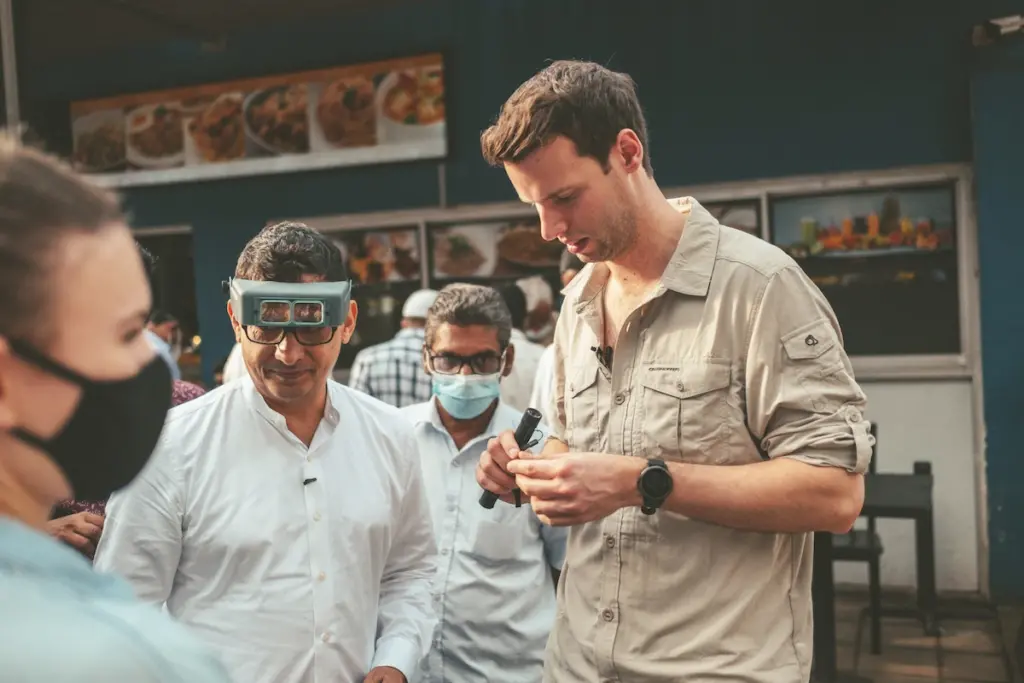
Tracing where diamonds come from
Such concerns extend beyond the royal family, however. Spurred by consumer desire for transparency, brands are investing in technology to document a diamond’s convoluted journey from mine to mount.
Today, every Tiffany & Co diamond above 0.18ct is traced from its region of origin, sourced either directly from mines or from dealers who work with mines that adhere to global standards in terms of social, environmental and corporate responsibility.
Mining company De Beers has developed tamper-proof, blockchain-backed technology called Tracr to track diamonds from their rough state to finished jewel. It currently registers half of its production by value on the platform (some $3 billion per year); eventually anyone who buys a De Beers-mined diamond will know whether it came from Canada, Namibia, South Africa or Botswana.
[See also: The colourful gems that can outprice De Beers’ finest]
The ultra-wealthy customers who invest in the rare diamonds that De Beers Jewellers dubs ‘Natural Works of Art’ can already boast of their stone’s exact origin; stones of this value are followed right from the mine in which they were discovered.
Graff’s diamonds are also tracked via the company’s manufacturing division, Safdico, which cuts and polishes stones purchased directly from mines.
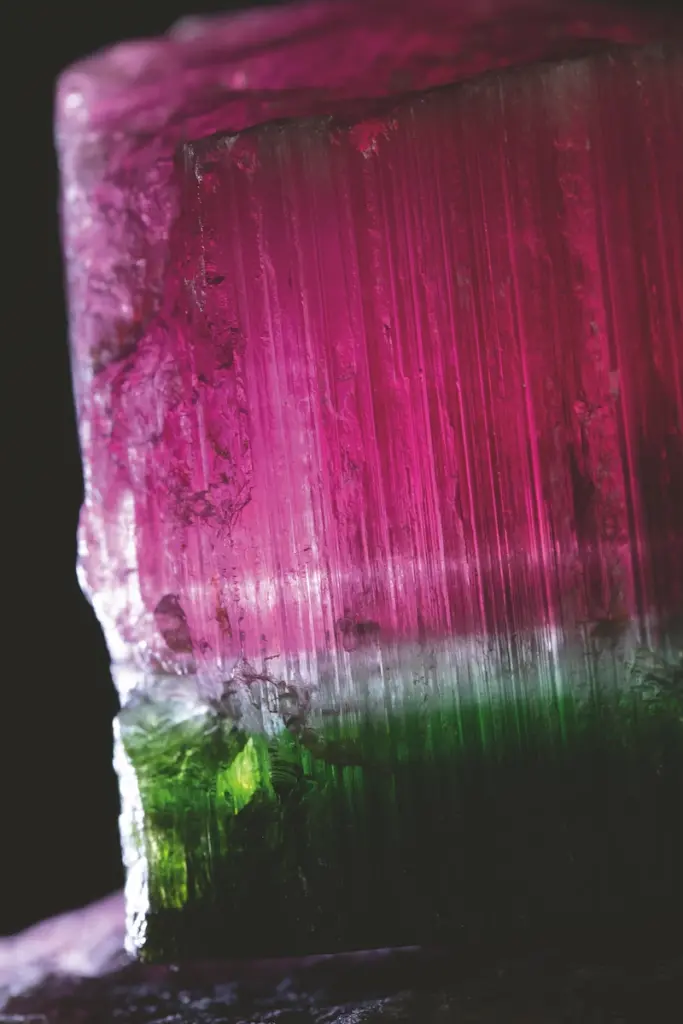
Digging deep into a gemstone’s past
But change at lower levels of the market is slower, and as yet no major brand can trace the provenance of every gemstone. Knowing a stone’s country of origin is one thing; being confident that the people who discovered it were treated well and paid fairly is another.
A new generation of independent jewellers are travelling to remote mines to see the process first-hand, so they can re-count their experience to a clientele increasingly wary of greenwashing.
‘People want to connect with their jewellery, and knowing the source of a stone creates a deeper bond,’ says designer Lauren Harwell Godfrey. Earlier this year she flew to Botswana to visit the Orapa mine, alongside 11 other designers who work with traceable De Beers Group diamonds, documenting the trip for her 35,000 Instagram followers.
‘I met so many wonderful humans who care for diamonds through every step of their journey and I wanted to share that with my followers,’ she adds. ‘When I use diamonds from Botswana, I know I’m directly supporting that special community.’
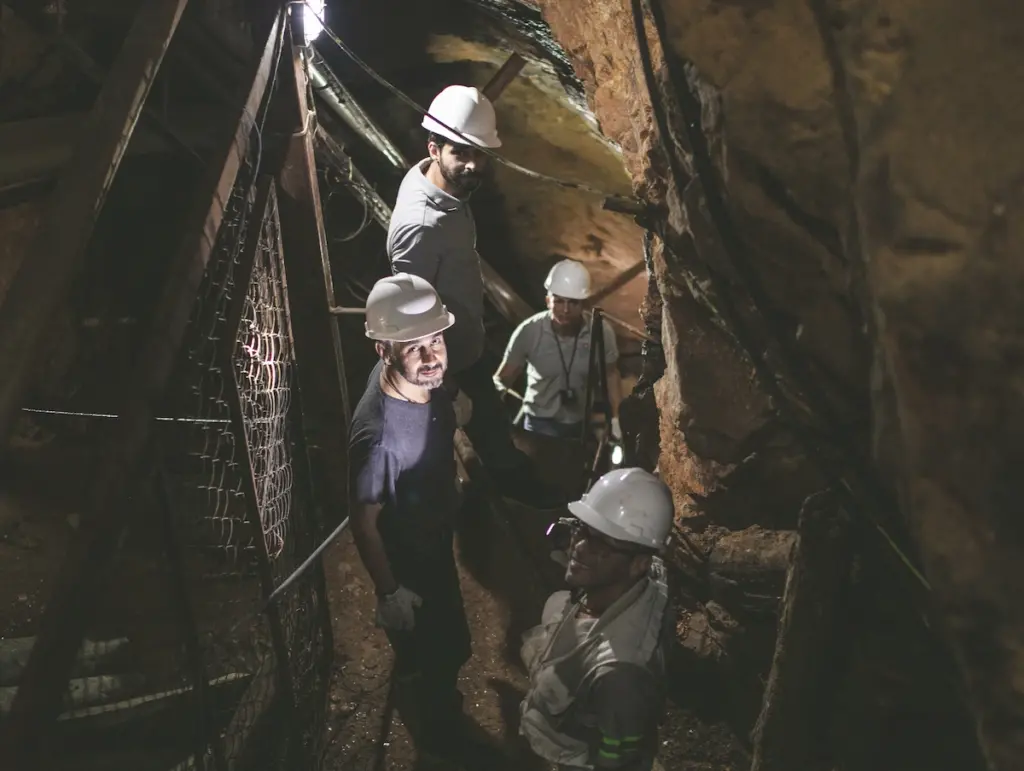
[See also: Are diamonds still forever? The changing world of engagement rings]
Going underground
De Beers has taken VVIP clients to its South African sorting operation to see and feel rough diamonds freshly mined from the earth. And UHNWs can now buy rough diamonds sourced from Botswana’s Karowe mine, hailed as a beacon of responsible mining, from Signum, a company co-founded by the CEO of diamond cutter HB Antwerp.
Signum’s roughs all weigh more than 10 carats; each comes with a blockchain-enabled ‘digital twin’ that traces and certifies its journey from the ground. Owners can choose how they’d like their rough to be cut and polished, or keep it as an object of ‘investment art’.
British house Boodles is planning to take VIP clients to South Africa’s Cullinan mine, the source of the largest rough diamond ever discovered (the Cullinan Diamond, discovered in 1905, weighed 3,106 carats), the biggest cuts from which reside in the Crown Jewels.
‘No matter what level of success or wealth people have achieved, everybody is fascinated to discover what goes on at the beginning of a process,’ says Boodles director James Amos, the third generation in the family-run jeweller to have been 1,000m underground in the famed mine.
The house buys rough stones directly from the mine’s operator before cutting, polishing and mounting them in London.
‘The royal connection makes people smile, but traceability is what convinces them to purchase,’ says Amos.
[See also: The enduring power of the signet ring]
Industrial gemstone mines are far removed from the world inhabited by most high-jewellery clients. ‘It is a reality check – mining is not a pretty sight,’ says jeweller Fernando Jorge, whose ‘inherent curiosity’ led him to visit the Belmont mine in his native Brazil, from where he buys his emeralds, as well as the Endeavour Ity mine in Côte d’Ivoire, a source of responsibly sourced single mine origin (SMO) gold.
‘But it’s healthy to see and understand it. I found it inspiring to see how sophisticated the process is, how many people are involved and the positive impact it has.’ At Ity, he showed some of the Ivorian miners a piece of his jewellery.
‘There was real joy and satisfaction at seeing what I had made with their gold.’
Seeking the source
An estimated 13 million people work in small-scale artisanal mines across the developing world; this is where the majority of coloured gemstones are mined, making their exact origin even more difficult to prove. I’ve visited Sri Lanka’s sapphire mines, where barefoot workers painstakingly sift through pans of red soil in the hopes of spotting a miraculous gleam of pink or blue. I’ve experienced the clamour as men on mopeds pull up at the side of the road, proffering newly mined gems wrapped in scraps of paper.
Blockchain-enabled traceability could not be a more foreign concept. It takes effort from dealers and jewellers to track coloured stones from their source – but doing so makes the final product all the more meaningful.
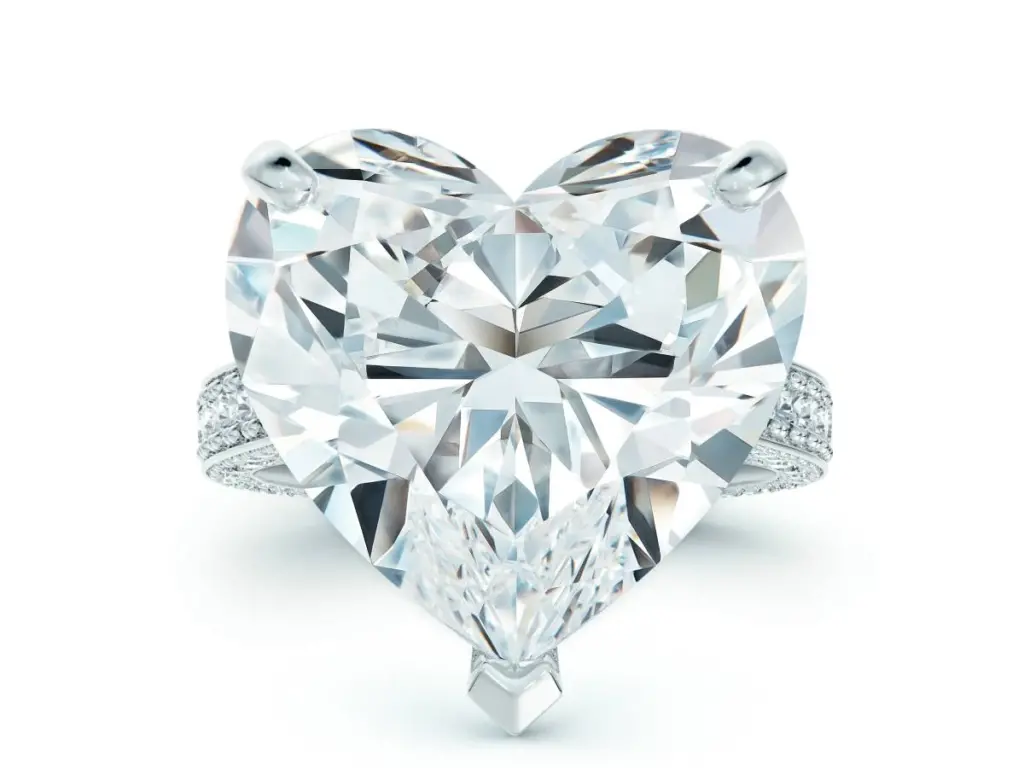
‘Being able to say that I’ve been to the source, met the miners and know what the company is doing in terms of ethics and sustainability is really powerful,’ says jeweller Sophie Breitmeyer, who last year visited the Kenyan tsavorite mine owned by Mimo Gems, a female-founded mining company that prioritises fair pay and education for its artisanal miners.
Breitmeyer returned with a handful of tsavorites which now feature in one-of-a-kind rings. Moyo Gems, a similar enterprise based in Tanzania, supplies traceable stones to jewellers including Emily P Wheeler, Wwake and Parisian brand Repossi.
‘Education is paramount,’ says Samuel Stirrat, whose recent expedition to the Sri Lankan jungle was documented and then shared on the social media feed of his independent jewellery brand Blackacre. ‘Clients want to be immersed in the creation journey, forming a deep understanding of what makes a gemstone so special and allowing them to become connoisseurs.’
‘You have to know your materials in the same way that a chef knows his ingredients,’ says Brazilian jeweller Ara Vartanian, who sources rubellites and tourmalines directly from the Cruzeiro mine in Minas Gerais, eastern Brazil. His first-hand description of the family who run the mine, its Raiders of the Lost Ark-style network of underground tunnels and their ‘softly, softly’ approach to extracting precious materials paints a more compelling picture than a 100-page sustainability report ever could: ‘Being able to say this stone was removed on this day, by this person, at this mine turns a beautiful design into a piece of history.’
This piece first appeared in issue 88 of Spear’s, available now. Click here to buy a copy and subscribe


